Hard to tell who is good, evil in ‘Cobra Kai’

By Wendell Gaa
The 1980s for me was a golden decade for film, including the “Karate Kid” series, a classic story of the underdog overcoming all odds, starring Ralph Macchio as the titular character Daniel LaRusso and the late Pat Morita as his beloved mentor the wise Mr. Miyagi.
For me, these films which I have seen several times have been at heart all about finding inner strength and confidence to standing up to bullying in all forms, be it physical, emotional or otherwise. It is a sad reality that bullying still persists today in many societies all over the world. Having been a bullied kid myself well up to high school age, I can definitely relate to what Daniel LaRusso went through, especially in the first two movies. The prospects of how anybody can become a bully are addressed front and center in Netflix’s popular “Cobra Kai,” the sequel series to the “Karate Kid” films.
This series takes place over 30 years after the original films, where Daniel’s lifelong mortal enemy Johnny Lawrence (William Zabka), has now outgrown his “thuggish” ways and leads his own offensive-style karate dojo. His karate practice rivals that of Daniel’s, who is now passing on the disciplined form of self-defense taught to him by Mr. Miyagi to his own students, including his daughter Samantha.
Although they still differ on many levels, both in terms of their karate teaching methods and their personal attitudes towards one another, Johnny and Daniel are both forced to try to work together and combine their respective dojos in order to counter the threat posed by John Kreese, the original sensei of the Cobra Kai dojo who is now training his own lethal force of karate students. A deal is struck between the three senseis that whoever wins the All Valley karate tournament in Southern California will retain operations of their dojos.
Now on its fourth season, “Cobra Kai” is in many respects a fan service tribute to everything so iconic and appealing about the original movies. While many of the characters from past installments of the franchise are appropriately enough given their reference and tribute here, what I find so impressive is how the pop cultural legacy of the “Karate Kid” is passed on so effortlessly and believably to the series’ young cast members comprised of some of today’s talented Generation Z actors, including Xolo Maridueña, Mary Mouser, Peyton List, and Jacob Bertrand.
It is too early for me to judge if this is the best season of the series yet, but I can definitely say that the evolution of the young characters competing in the rival dojos is so skillfully displayed here that whichever dojo or karate team you may be personally rooting for, you cannot help but care about which direction everyone is headed here, for good or for ill. Arguably speaking, Peyton List and Jacob Bertrand get the best development this season, and I’m excited to see how they further grow.
As for returning characters from the original films, I do hope to see real-life karate expert and fellow FilAm Darryl Vidal return in a future season. Vidal, who played a semi-finalist in the grand karate tournament towards the end of the first “Karate Kid,” was one of only three actual black belt martial artists in that movie. In 2012, he would go on to be promoted to the rank of GrandMaster Ju Dan (10th) degree!
Whereas in the original “Karate Kid” films there was a fine distinction between the heroes and villains, in “Cobra Kai” there is so much more nuance to the progression of the characters. Labeling one as “good” or “evil” becomes much more complex, something which has got me so hooked on the series.
(C) The FilAm 2022

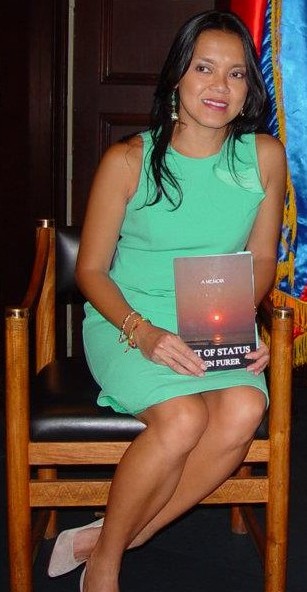

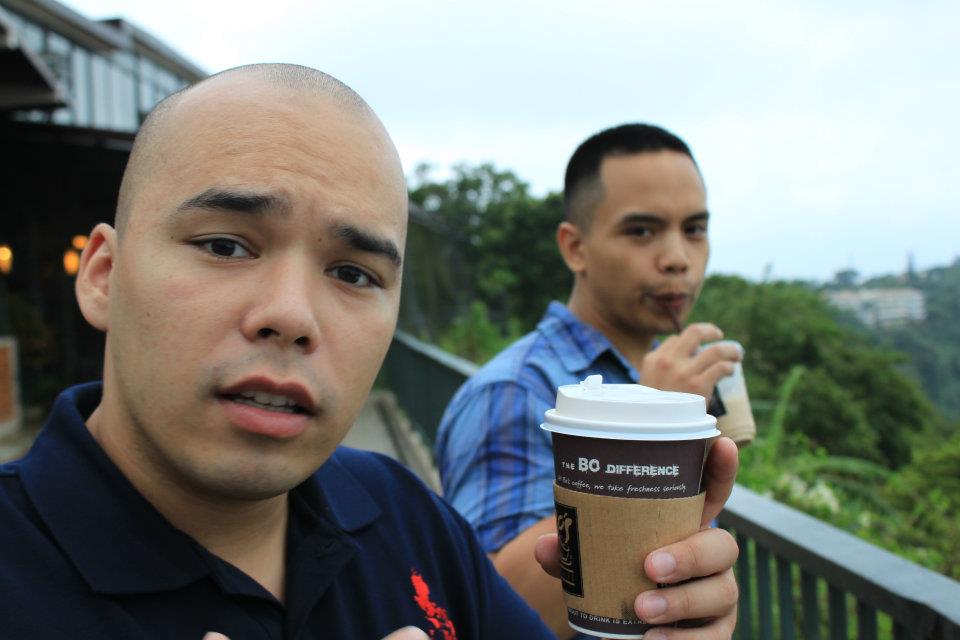

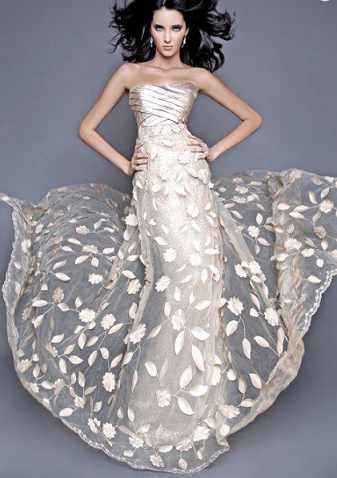
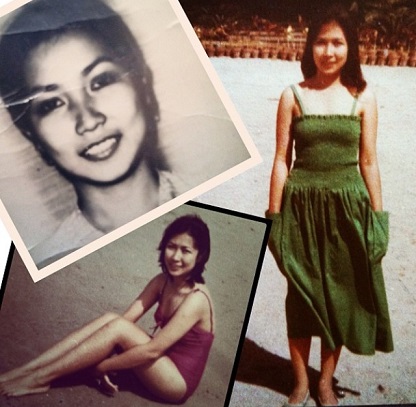



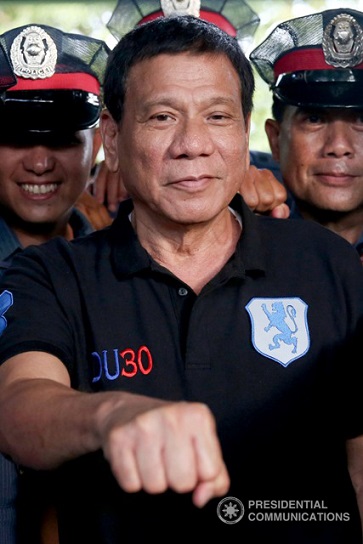

I am browsing this site and reading very informative articles.